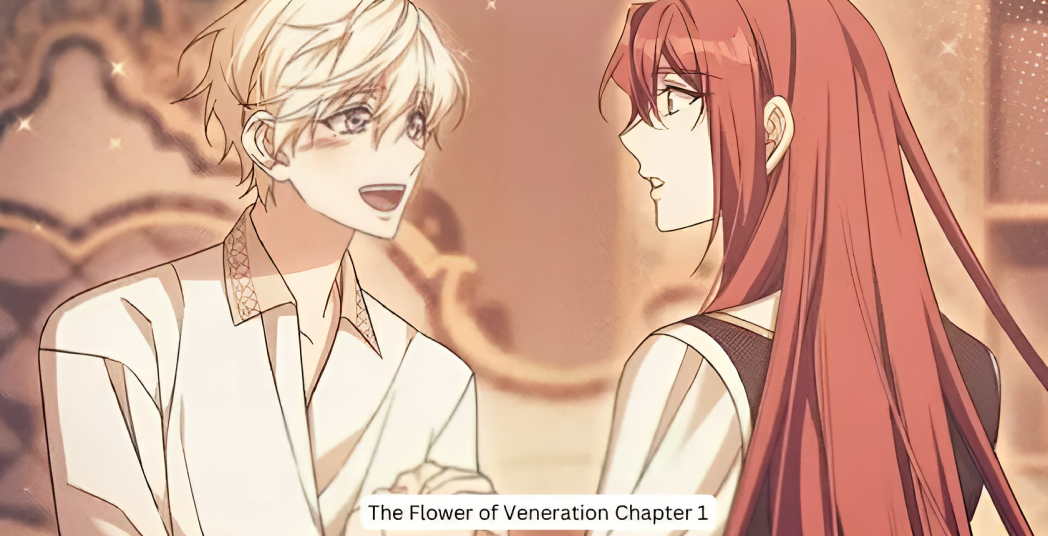
The Flower of Veneration Chapter 1 A Journey Through Time
The main chapter of “The Flower of Veneration Chapter 1” takes pursuers on an excursion through time, investigating the rich history and social meaning of this lovely flower. From its starting points to its imagery in various societies, this chapter digs profound into the universe of the flower of veneration. Go along with us as we uncover the privileged insights and secrets behind this adored flower.
Origins of the Flower of Veneration
Ancient Legends and Myths
The flower of veneration has been loved for a really long time, with its starting points covered in old legends and fantasies. As per one legend, the flower was made by the divine beings themselves, skilled to humankind as an image of affection and magnificence. These stories have been gone down through ages, adding to the charm and persona of the flower.
Historical Significance
It was accepted to have mending abilities and was often utilized in therapeutic cures.
Cultivation and Spread
Merchants and pioneers carried the flower to new grounds, acquainting it with various societies and customs. With its striking excellence and charming fragrance, the flower immediately turned into a sought after plant, enhancing nurseries and homes all over the planet.
Symbolism of the Flower of Veneration
Love and Romance
One of the most widely recognized images related with the flower of veneration is love and sentiment. Its sensitive petals and sweet scent settle on it a well known decision for wedding flower bundles and heartfelt motions.
Beauty and Elegance
Its effortless appearance and enrapturing aroma have propelled specialists and artists from the beginning of time.
Spirituality and Devotion
In certain societies, the flower of veneration holds otherworldly importance and is related with commitment and love. It is often utilized in strict functions and offerings, representing virtue and heavenly love.
Cultural Significance of the Flower of Veneration
Asia
In numerous Asian societies, the flower of veneration is profoundly imbued in customs and customs. In China, the flower is classified “plum bloom” and is related with strength and perseverance.
Middle East
In the Middle East, the flower of veneration is known as the “rose of Sharon” and is referred to in obsolete texts like the Book of sacred writings and the Quran. It is seen as a picture of veneration and gloriousness, and is often used in standard prescription for its recovering properties.
Cultivation and Care of the Flower of Veneration
Ideal Growing Conditions
The flower of veneration flourishes in mild environments with very much depleted soil and a lot of daylight. It tends to be filled in the two holders and in the ground, making it a flexible plant for any nursery.
Pruning and Propagation
Pruning is fundamental for keeping up with the shape and soundness of the flower of veneration. Deadheading spent sprouts will energize new development and draw out the blossoming period.
Fun Facts About the Flower of Veneration
- In certain societies, the flower is accepted to have enchanted abilities and is utilized in spells and mixtures.
- The flower is palatable and is often utilized in teas, jams, and sweets.
- The flower of veneration is the public flower of South Korea and Malaysia.
- The flower’s logical name, Hibiscus rosa-sinensis, means “rose of China.”
- Determination: An Immortal Wonder







